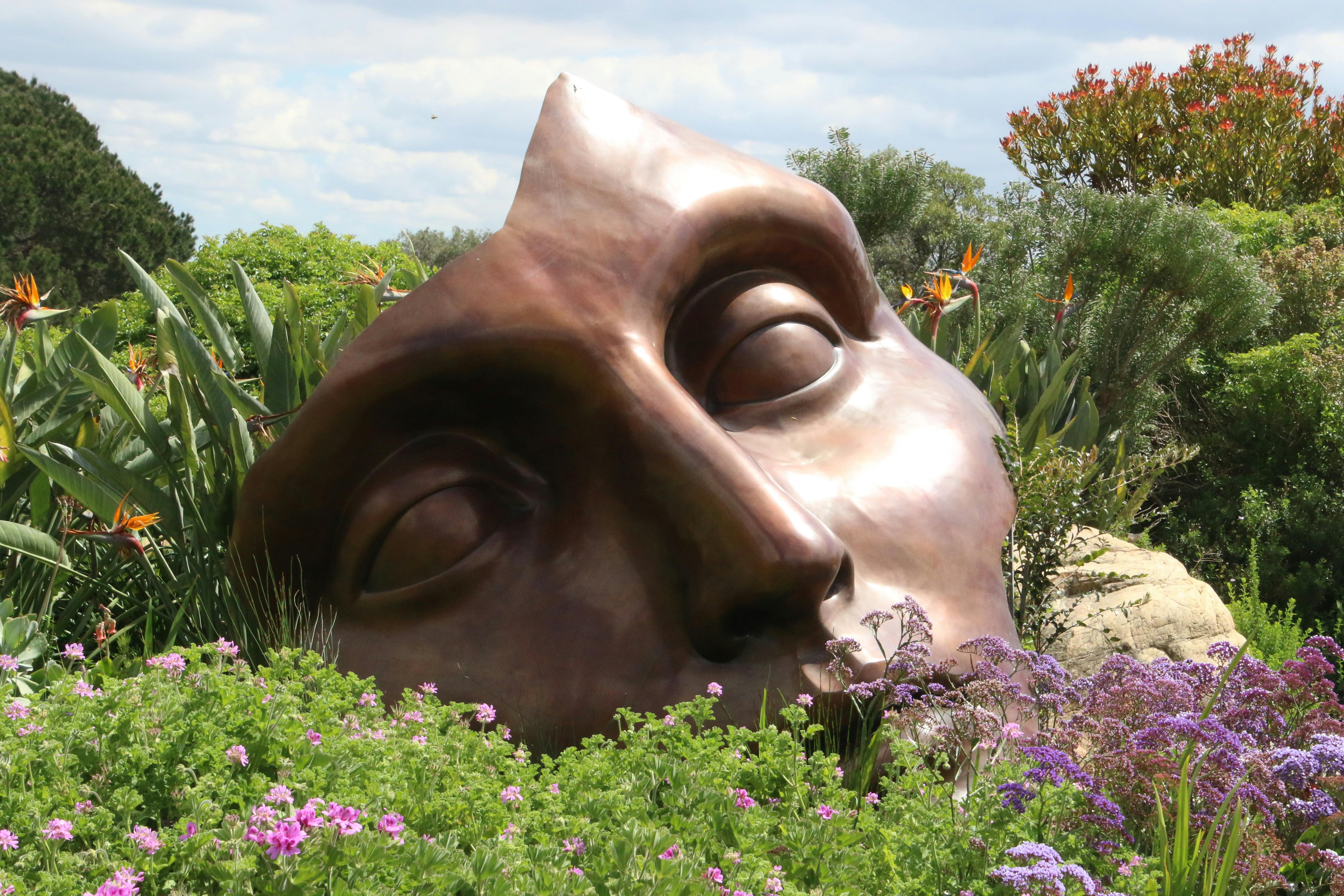The term “billiards” comes from the French word “bille”, which means “ball”, which refers to a game of ball and stick, and the word “art”, which represents the art of the game. Billiards has been around for many centuries, originating as lawn games in much of the world more than 700 years ago. These days, it’s typical to see a pool table in every bar or tavern you walk into. Some people even have them in their homes, but this was not always the case. When billiards originated, it was played outdoors as early as the 13th century, and from there it was moved inside the tables. Wooden sticks called “maces” were used to push (rather than hit) the wooden and ivory billiard balls. The maces were eventually modified into signal sticks due to the difficulty of shooting near the rails with maces.
Many prominent historical figures have owned pool tables, and in many countries. Some of these famous people include George Washington, Thomas Jefferson, Alexander Hamilton, King James I of England, and Kings Louis III, XIV, XV, and XVI of France. It is even recorded that King Louis XI of France bought a billiard table as early as 1470. Over time, billiards became more popular in bars, inns, and taverns, thus becoming more common among ordinary people. Below is a brief historical timeline of how the game of billiards was born.
• 13th century:
1200: Bat and ball lawn games are invented and spread rapidly
• 15th century:
o 1470: King Louis XI of France buys his own billiard table
o End of the 1400s: billiards moved from the outside on the lawn to the inside on a table
• 16th century:
o 1500: The popularity of “table billiards” spreads among the nobility of France and England.
• 17th century:
o 1600: the game of billiards becomes more popular among commoners in public places
o 1674: “The Complete Gamester”, one of the first publications on how to make billiards, was written by Charles Cotton of England.
• 18th century:
o 1773: Carambola introduced in France
o 1775: The idea of ”One Pocket” is developed
o 1797: Cotton and wool replaced by new fabrics to improve softness and friction.
• 19th century:
o 1807: Carombole becomes popular in England, becoming known as the game of billiards.
o 1820s: The mace becomes practically obsolete, replaced only by the cue.
o 1823: The perfection of the toe of the leather cleat greatly increases the use of “twist”
o 1826: John Thurston of England develops the first slate tables, replacing the old wooden ones.
o 1845: New rail cushions developed from vulcanized rubber by Goodyear.
o 1850s: a billiard “industry” is born, which includes companies such as Sheraton and Gillow
1860: John Brunswick joins the Phelan-Collender Group to form Brunswick Corporation
o 1860: Claims of existing billiard tables in all the States of the Union.
o 1868: Development of new billiard balls from cellulose nitrate (called “celluloid”), replaces wooden and ivory balls.
o 1870: 1st officially recognized English Billiard Championship played between John Roberts and William Cook
o 1892: Thurston & Co. manufactures the first official standard pool table.
• 20th century:
1900: Billiards recognized by the Billiards Association
1901: invention of the 8 ball
1910: The straight pool is invented
o 1920: Development of 9-Ball
o 1970: Cast resin balls replace glass and celluloid billiard balls, improving precision in size, weight and shape.
Many improvements over the centuries have brought billiards and pool to what it is today. Billiard games have been a hobby for years around the world, and current trends show that it will stick around for quite some time.




